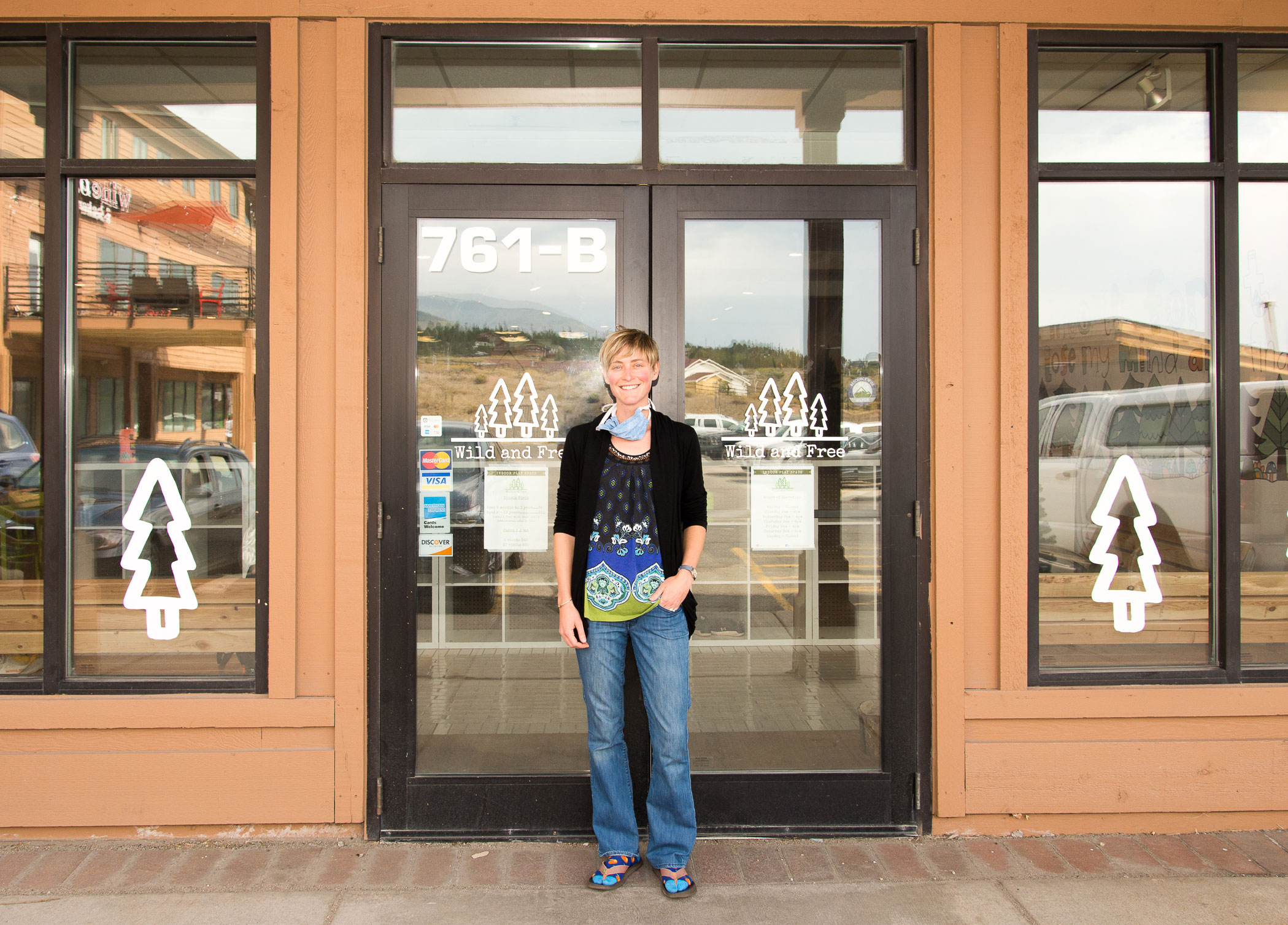
Dear Eartha, I’d love to help my workplace become more sustainable, but I don’t have a lot of time and it seems overwhelming. What do you recommend?
Commercial buildings have a pretty big resource footprint. According to the U.S. Environmental Protection Agency and Department of Energy, businesses across the country account for 18% of total energy use, 17% of water use, and 16% of greenhouse gas emissions. Here in Summit County, energy use in commercial buildings represents 25% of local carbon pollution. So, reducing resource consumption goes a long way towards creating more sustainable and healthier communities — and that benefits us all.
Knowing where to start can be a challenge, especially for businesses without dedicated sustainability staff. That’s why I’m here! Rest assured, even minor effort updates can have big impacts. And there are even opportunities for businesses that lease their spaces. To give you inspiration, let’s take a look at some simple, low-cost options in a few different categories.
Energy Use
Improving your company’s energy efficiency is the easiest way to see considerable savings and increase the comfort of your space.
Look at your lights: Do they give off an orange glow or are they hot to the touch? If so, they’re probably not LEDs, which means they’re racking up your energy bill. Adding motion sensors for lighting will save energy in areas that are used less during business hours, like a storage room or bathroom. Another great way to save energy is by installing programmable thermostats which allow you to set your space for comfort during business hours and efficiency while your business is closed.
Water

The southwestern U.S. has been in an extended drought since 2000. Right now, all of Colorado is under drought conditions, and in Summit County, we’re classified as being in moderate drought conditions. With low river flows causing serious concern in the Colorado River Basin, it’s important that we all think about ways to save water. Fortunately, water conservation is a cost-effective way to reduce the environmental impact of your business.
Leaks alone can waste up to 10,000 gallons of water each year! Minimize water use by fixing leaks and installing faucet aerators and toilet tank savers. Standard faucets use over two gallons of water each minute — think about that every time you wash your hands! Look for aerators that use just 0.5 gallons per minute. Replacing toilets with low flow options is another opportunity. But for an easy DIY fix, add a toilet tank bank to save nearly 1 gallon per flush.
Waste
The Summit County Landfill is projected to close by 2056 if we don’t start recycling and composting more. To reduce your business’s waste, convert single-use materials like plates and flatware to durables that can be used, cleaned, and reused. Establish recycling and food scrap collection programs and properly label bins so people know what goes where. And make sure the bins are in convenient locations. For expert advice, High Country Conservation Center has free resources to help kickstart recycling and food scrap collection.
Engaging Community

An important way to establish a culture of sustainability starts with making it a core principle of your business. You can do this by incorporating sustainability into your company’s mission, job descriptions, and training materials.
Go a step further by empowering employees to share ideas and take responsibility for programs. Then set a good example for clients and other businesses by showcasing your commitment to sustainability and the steps you are taking on your website.
What next?
Sustainability at the workplace doesn’t need to be overwhelming or expensive, and you don’t have to do everything all at once! Pick something you’re passionate about and start there. For Summit County businesses looking for extra guidance, check out the conservation center’s sustainable business program, Resource Wise. Giving you free access to local sustainability experts, this program provides sustainability and energy assessments, coaching, and incentives to make improvements to most Summit County businesses. Ready to get started? Join hundreds of other local businesses by heading to the center’s website to sign up for your initial assessment.
It’s true that businesses have a big impact, but they also have a lot of opportunities to not only reduce that impact but also create a local culture of sustainability by acting as role models for employees and customers.
